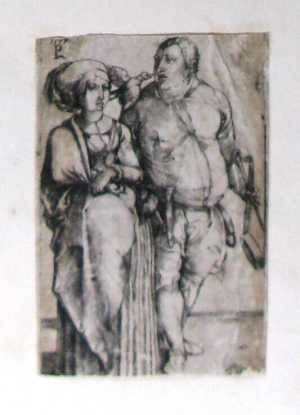Albrecht Dürer received his first lessons from his father, who was a goldsmith. He subsequently became a pupil of the painter Michael Wohlgemut. Dürer travelled to Italy on several occasions. He painted a number of works in Venice for German merchants. Dürer returned to Germany with the ideas of the Italian Renaissance. It was his prints that proved most influential. He was a master in the design and production of woodcuts and copper engravings, a technique he brought to perfection. His prints were spread throughout Europe and influenced countless artists, even in Italy. Dürer also wrote about art theory and fortifications.

Without a time slot you cannot visit the depot
Donors, friends and guests with a privilege pass may book a single or multiple time slots here
Donors, friends and guests with a privilege pass may book a single or multiple time slots here
Join as a Friend
Would you also like to experience more Boijmans or give a friendship as a gift? Join as a Friend and get invited for the annual Museumpark Vriendendag. Will we see you or your friend in the depot soon?


















